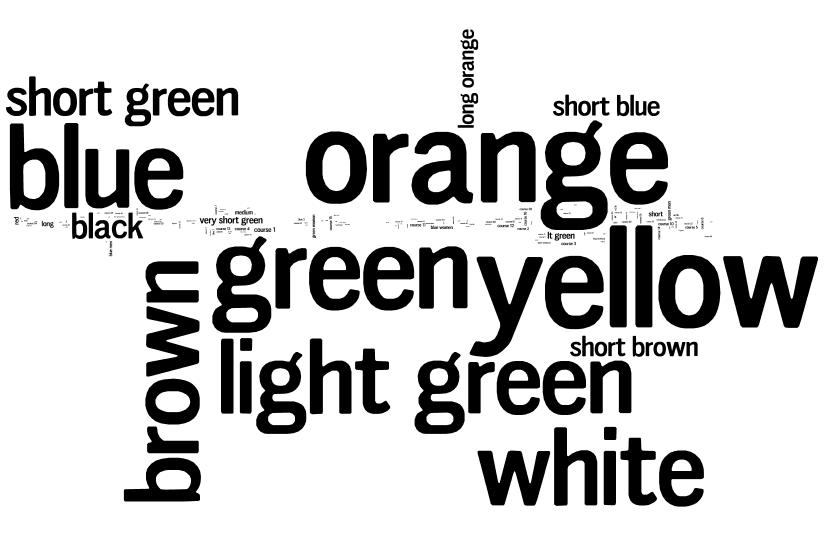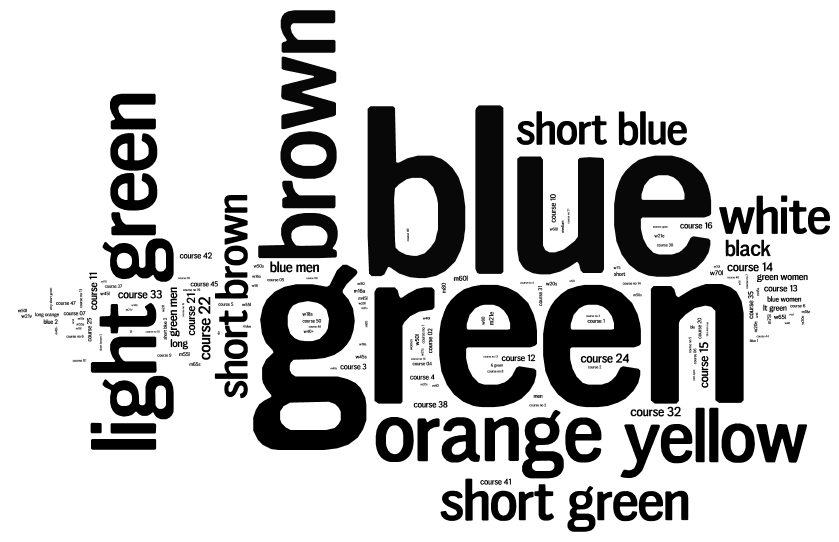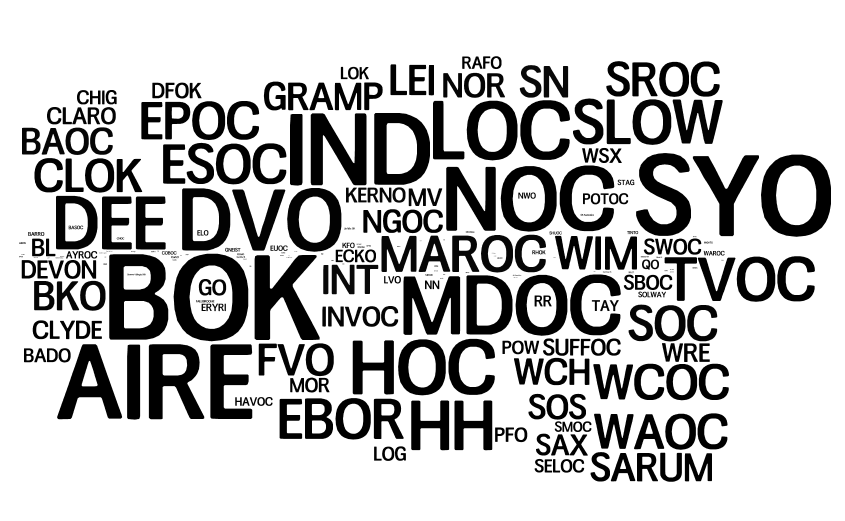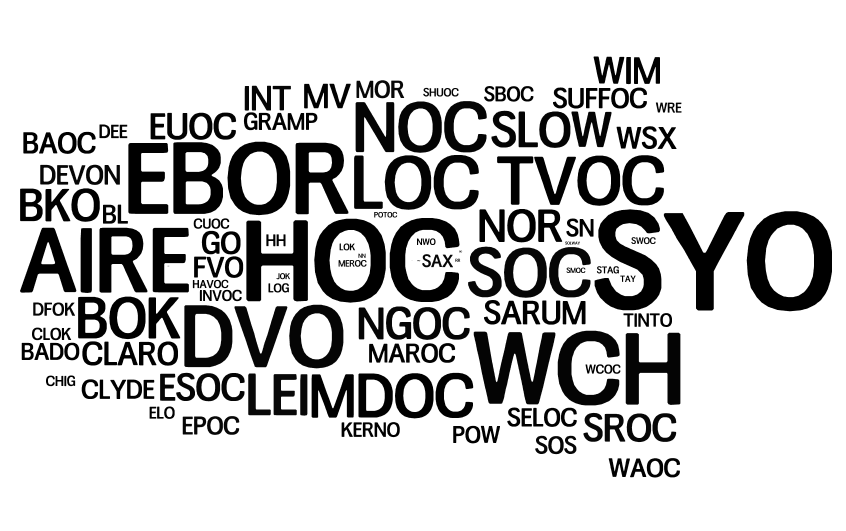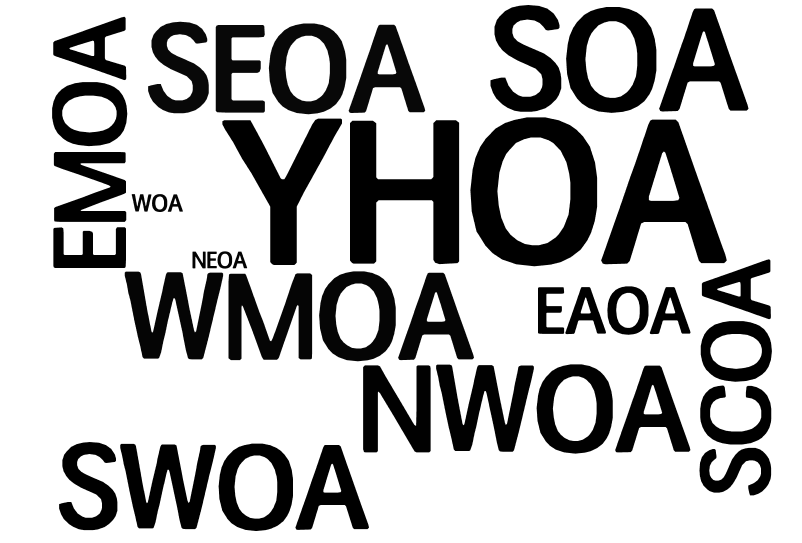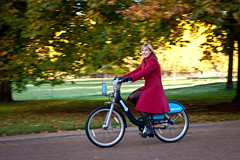
The Mappiness project is run by one of CASA’s technology superstars Dr George MacKerron – it was his Ph.D project at LSE. The project, which is still going, aims to quantify happiness based on environmental factors, such as location, views and sound, as well as who people are with and what they are doing. Data is collected by volunteers downloading an iPhone app, which then pings them at random moments twice a day between 8am and 11pm (configurable) to ask them the questions and collect the data. Volunteer incentive is driven by having access to a personal webpage which contains all their collected data, visualised in a wealth of attractive graphs and maps.
I’ve been using the app since late October, it has been steadily pinging me twice a day since then, and most of the time I hear the familiar ‘ding ding’ and get around to recording the information. With around 160 responses, some interesting insights are now appearing, some(!) of which are non-personal enough to share here. The map above shows the locations where I was pinged, for the London area – yellow stars indicate where a photo was taken.
Here’s one, based on the general environment:

Perhaps more interesting is that I spend much less time outdoors than I thought. The app (by default) only asks for a picture if you are outdoors, so by counting the number of pictures that appear on my personal webpage – just 14 out of 161 – this in theory means that I spend only 8-9% of my waking life outside. This percentage will hopefully grow as summer approaches and things start to warm up again.
Because I don’t get to choose when to post the images, the photos are a good snapshot of my “everyday” outdoor view, rather than a nice or interesting place that I would specifically stop to photograph. Here’s a couple of my most recent ones:
 |
 |
One of Dr MacKerron’s current projects involves using Microsoft Kinect sensors for visualisation – this is my very tenuous link to allow me to post the image below, which is a 3D grid “photograph” of me at my desk, constructed from Kinect data.

Mappiness managed to choose to ping me this morning precisely at the moment that my bike chain snapped, on the way to work. Needless to say, a low score for happiness was recorded.
Map background Copyright Google.
